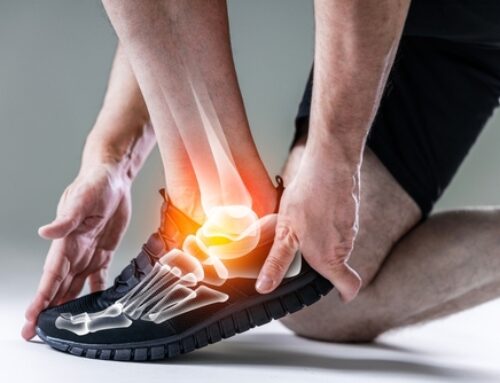 It is very common for the problems of headaches, neck pain, and shoulder pain to be present as a single pain syndrome or in some combination of each other. While these problems can range from being a nuisance to being excruciating, there are several ways that one may find relief through movement. However, there are certain symptoms that should prompt you to see your doctor:
It is very common for the problems of headaches, neck pain, and shoulder pain to be present as a single pain syndrome or in some combination of each other. While these problems can range from being a nuisance to being excruciating, there are several ways that one may find relief through movement. However, there are certain symptoms that should prompt you to see your doctor:
- Very severe headaches that come on suddenly.
- Headaches made worse while coughing, sneezing, changing positions.
- Constant headaches in the same location of your head.
- Headaches accompanied by tingling of the face, fever, chills, weight loss, or night sweats.
If you are not experiencing any of the above symptoms, you may be experiencing a muscle imbalance of the upper quadrant that is causing your pain syndrome. This imbalance has many causes, some of these include poor posture, anxiety or stress, dehydration, and eye strain. These factors prompt the head and shoulder muscles to tighten up, leading to pain.
Headaches, neck pain, and shoulder pain are most frequently caused by mechanical dysfunction. Our daily work habits, made worse with our sedentary leisure lifestyle, lead to the muscle imbalances that cause dysfunction. These dysfunctions and pain syndromes can be treated with the proper exercises. However, not all exercises are helpful. Here are some of the best exercises to decrease these imbalances and movement dysfunctions:
These help reset the muscles in your head, neck, and shoulders. All you have to do is keep your neck in a neutral position, and tuck it back like you are giving yourself a double chin.
Start by holding this position for 3-5 seconds, and do it for 5 repetitions. These can be done several times throughout the day.
If you are experiencing headaches, neck and shoulder pain, it may mean your chest area is tight and that your upper back is weak. To help with this, sit up and squeeze your shoulder blades down and back. Imagine there is an orange between your shoulders, and you are holding it in place, not allowing it to fall.
Hold this position for 5 seconds and repeat for 5 rounds. You can do this a few times throughout the day. Make sure you are activating the muscles in your back to bring the shoulder blades closer together. The chest will open up to help strengthen the upper back muscles.
This exercise will help you stretch out your chest muscles, putting you in a better posture and reducing the muscle imbalances of the upper quadrant. Stand in a doorway with your elbows on each side at or near your shoulder level. Lean through the door feeling your chest and shoulders stretch gently.
Hold this position for 30 seconds and repeat for 3 rounds. Sometimes you may feel some tingling down your arms. This is okay if it goes away as soon as you come out of the stretch.
Headaches come from the neck, but may also come from the upper back, or thoracic region. Another way to relieve headaches is to loosen up that region of the spine. Rolling out the thoracic spine is a great way to do this. Place a foam roller on your mid back and wrap your arms around yourself like you are giving yourself a hug or behind your head for support. Use your legs to roll up and down the muscles on the sides of your spine.
Do this motion for 1 minute.
The child’s pose helps to increase blood flow to the head. It reduces blood pressure and helps you stay calm.
Sitting on your heels with your back straight. Slowly bend forward, place your forehead on the ground in front of you, and rest your torso on your knees. Extend your arms in front of you with the palms facing down. Do this for 1 minute.
These simple exercises should be performed every day for optimal improvement. Make sure to include a regimen of chiropractic, Active Release Technique, and/or acupuncture to assist the reduction of pain and to speed improvement of the underlying muscle imbalance to these painful conditions. Please note that our office is dedicated to not only providing you with the best treatment options, but also in educating you in the cause of your problems. Through patient education and patient treatment we consistently see patients rid themselves of painful chronic conditions of the upper quadrant. At [Core] we get very excited to see our patients reach their health goals and become healthier than they have ever been.

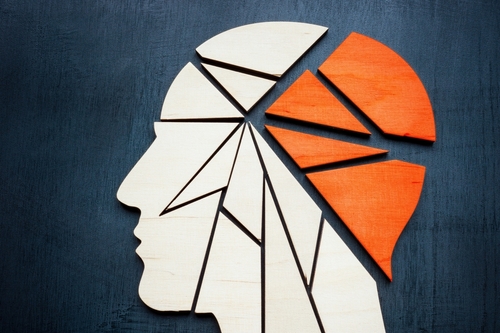
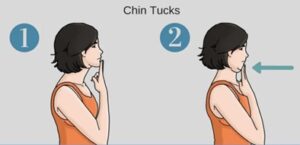
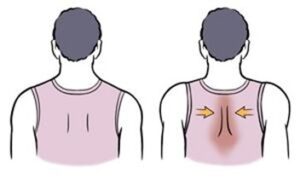
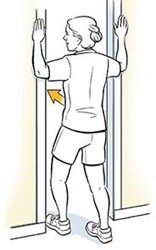
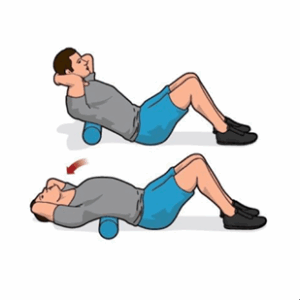
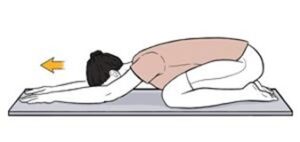


![[LivFit] Approach To Inflammation, Depression, and Weight Loss](https://www.coreroanoke.com/wp-content/uploads/2025/10/liv-fit-500x383.jpg)
